Policing in this country is done by consent, explanation and advice.
Certainly in the north-east, this has long been the policy followed.
Under the Grampian regional council, I was the opposition spokesperson on the public protection committee. Its role was to deal with matters relating to the police, fire brigade and consumer protection.
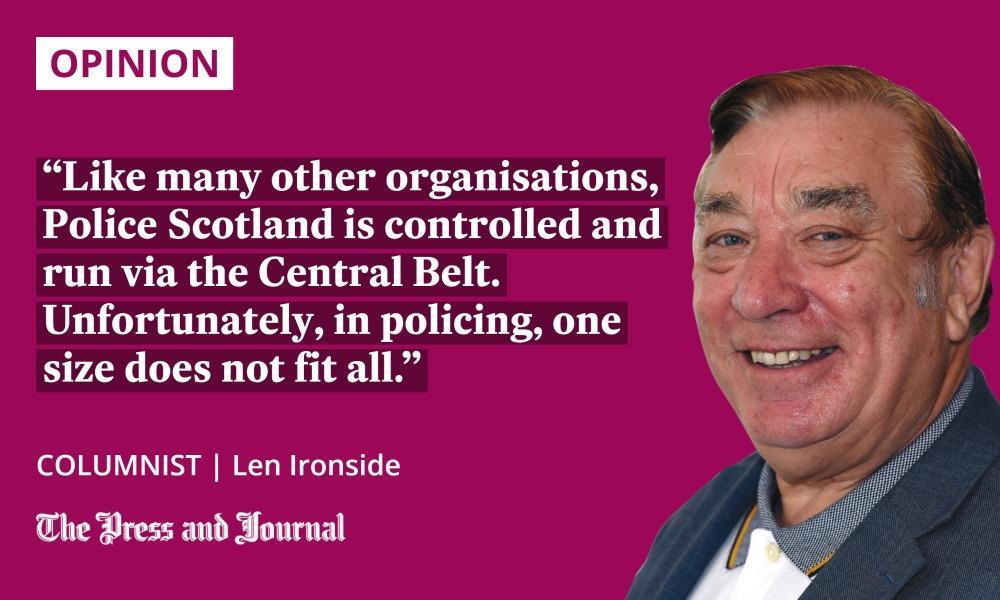
There is an award-winning picture of me wrestling the then world champion, where I am sitting on his back, grimacing as I tried to force him to quit. That photo is often used by the Evening Express to advertise their nostalgia features.
I remember someone once pinned the picture up in the councillors’ lounge with the caption: “Is this the future face of public protection?” Most unflattering.
Grampian Police worked hand in glove with communities
That was in a time before the police force was reduced to a single national Scottish force. Grampian Police ran a very efficient organisation in the north-east.
Police were involved as members of school boards, community councils and various local groups. Their input was extremely valuable. They worked hand in glove with local communities.
When local councils had control over 50% of the police budget, with the other half handled by the government, there was a genuine working partnership between elected members, police and local communities
There were initiatives like the “midnight mechanics”, where police engaged with young folk who were interested in motorbikes and cars.
Instead of creating issues by driving around communities, revving their engines late at night with their vehicles, the midnight club met late in the evening and encouraged young people to maintain, improve and handle their vehicles correctly. Solving a serious problem in a very useful and educational way.
Since the Scottish Government created a single force, like many other organisations, Police Scotland is controlled and run via the Central Belt. Unfortunately, in policing, one size does not fit all.
When local councils had control over 50% of the police budget, with the other half handled by the government, there was a genuine working partnership between elected members, police and local communities.
Since the single force approach was implemented, there is a feeling that policing is now rather remote. Everything being controlled by the practices used in the Central Belt.
Using technology alongside traditional skills
I was surprised to learn that new recruits had no briefing on the community link with the elected councillors and parliamentarians. I offered my services to hold an awareness session and was even more surprised to learn that the new recruits had little idea of what elected representatives did, let alone the valuable link which this partnership working provided in the city.
Unfortunately, it’s often with younger constables that communication breaks down.
Younger people being challenged by the police can respond in an aggressive manner towards those younger officers, provoking difficult and unnecessary situations.
A volatile incident was diffused. No arrests, no drama. It was all down to the people skills of those particular officers
I recall a former chief constable telling me that younger officers were not always good at face-to-face communication with the public. He felt young people spent too much of their youth on computers and texting.
Ironically, this is the direction of travel for policing today, as we become more dependent on technology, with facial recognition, CCTV and forensics.
Many years ago, on a police patrol, I witnessed a difficult situation which arose where two young men were arguing outside a bar. Both were clutching pint glasses and threatening to do each other serious harm. This was, of course, before Aberdeen correctly outlawed the consumption of alcohol on city streets.
The police officers approached the squabbling men and, with clever negotiating skills, diffused the situation. The result was that both men put down their beer glasses, shook hands and left the scene, travelling in different directions.
A volatile incident was diffused. No arrests, no drama. It was all down to the people skills of those particular officers.
I often wonder if newly trained officers are given that type of people skills and negotiating training.
Communication is key
Communication is a vital element in any walk of life, and more so when dealing with a public facing stress and anxiety, and demanding immediate police assistance.
There is much to be put right in how we engage and support our police service in communities. It is a valued and vibrant service which we all depend upon, despite the fact officer numbers have been greatly reduced in the last 10 years.
Ultimately, what we must remember is that these police officers put their lives at risk every day. They attend some horrific situations and have no idea what they are likely to face when they set off for work.
Let’s be thankful that we have younger people willing to take up this profession, and more seasoned officers keen to guide them.
Len Ironside is a former champion wrestler who served as an Aberdeen councillor for 35 years, with four years as council leader
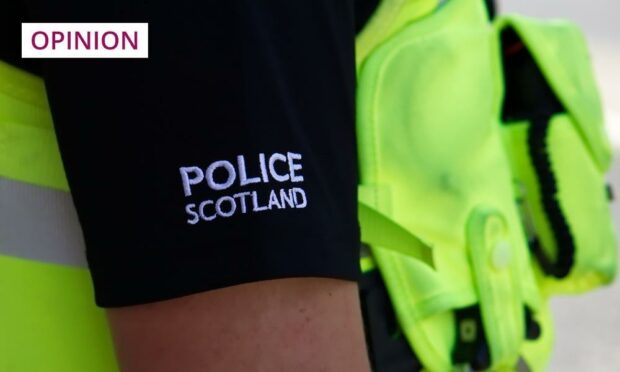
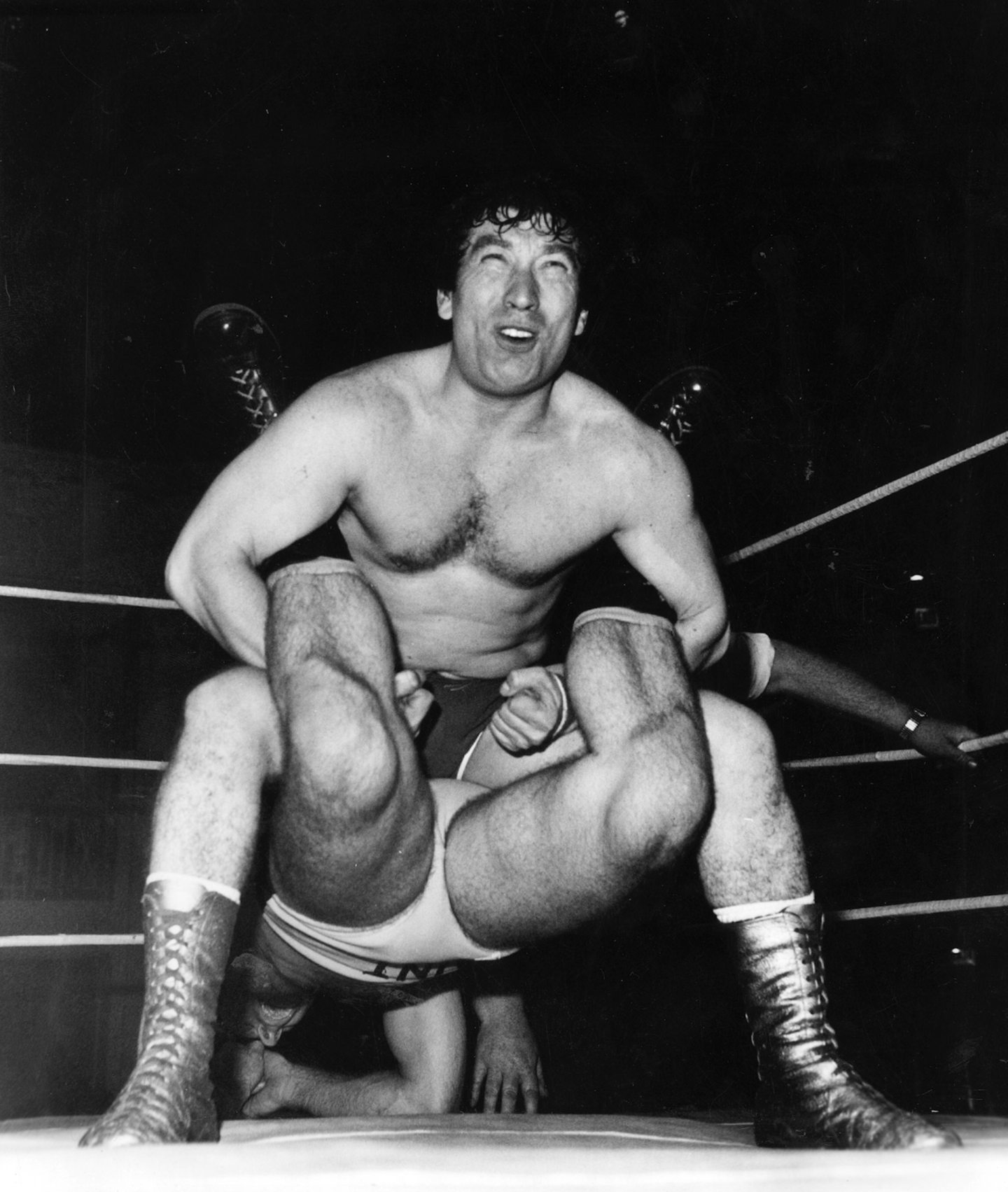
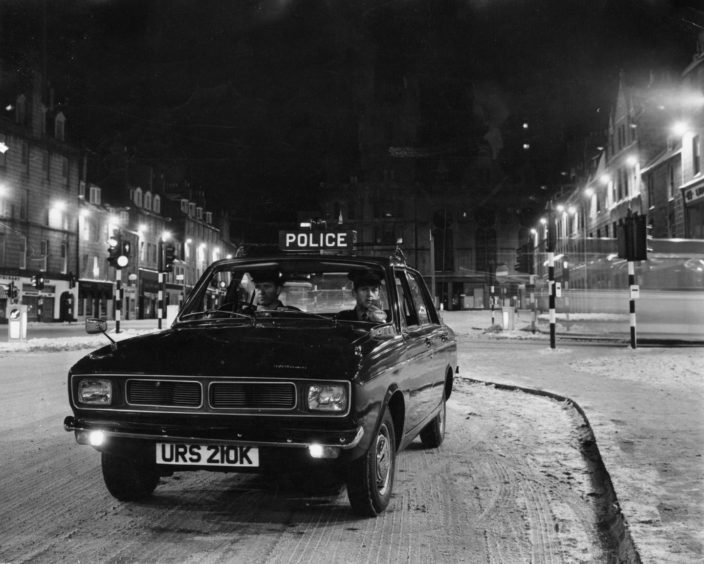
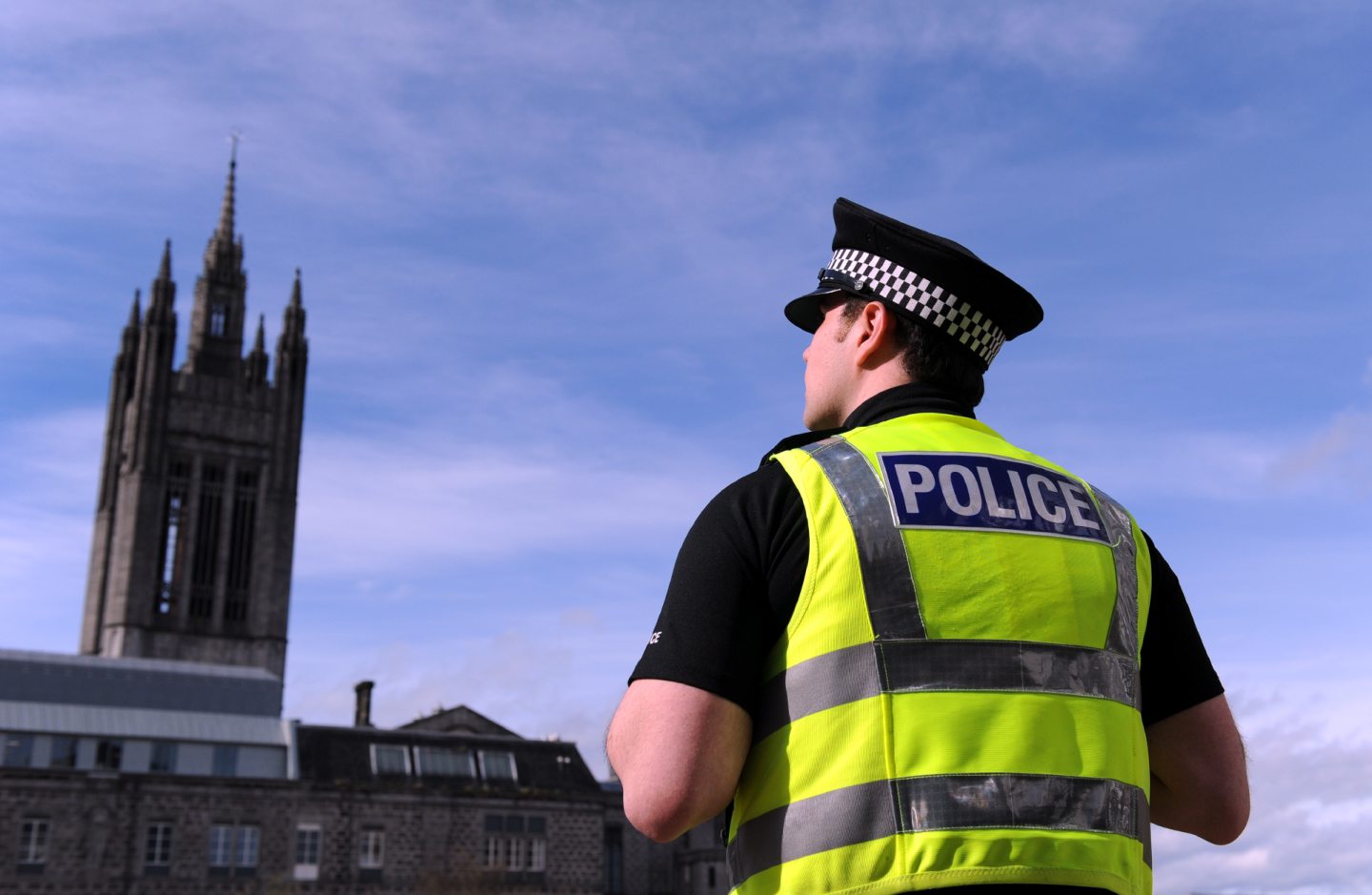

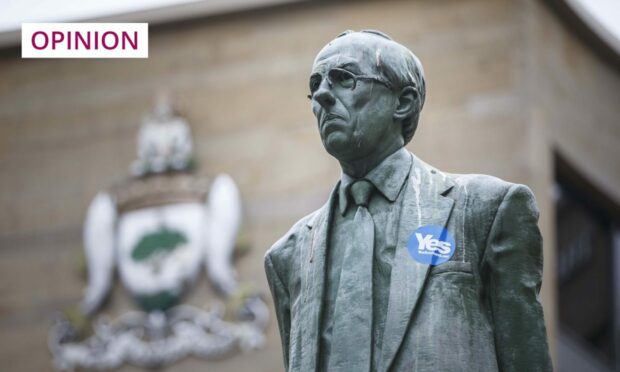
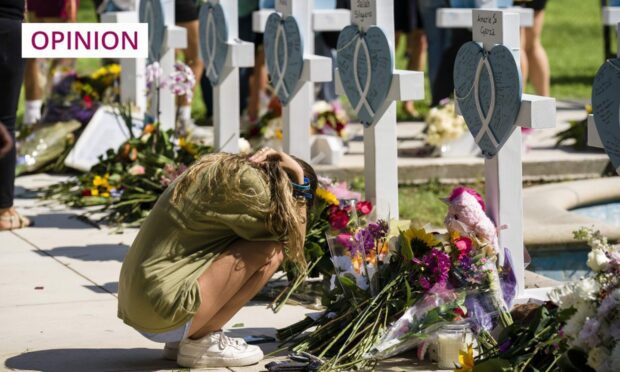
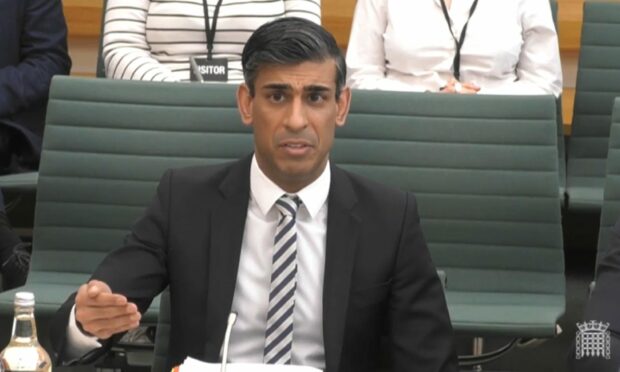
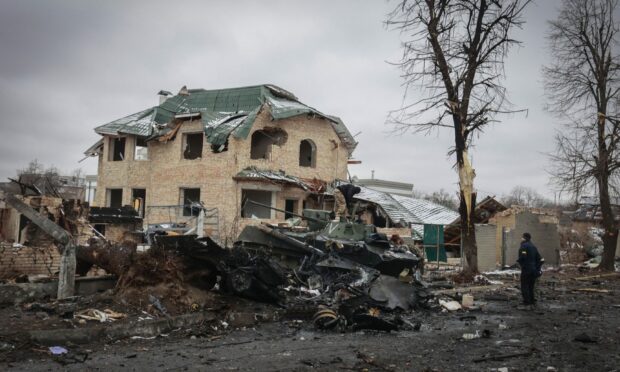
Conversation